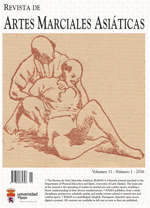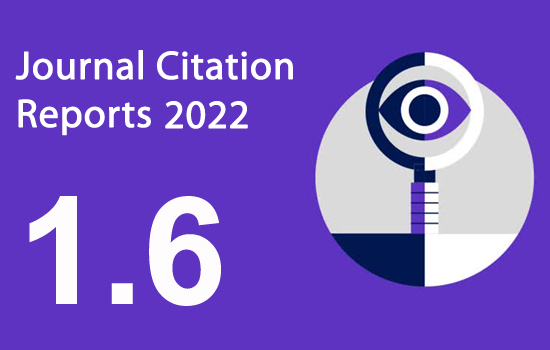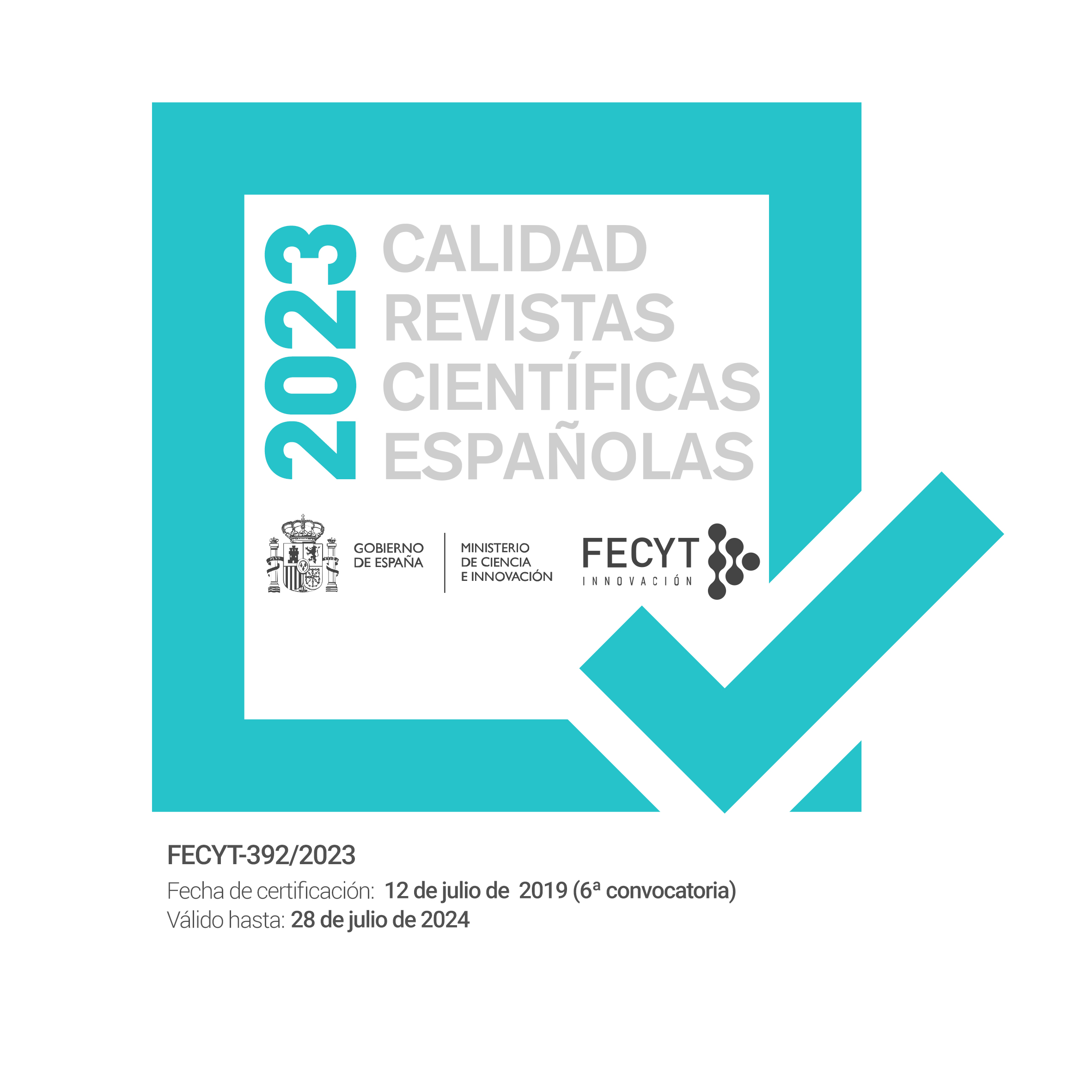Benefits and challenges of practicing taekwondo to adolescents in Addis Ababa City, Ethiopia
DOI:
https://doi.org/10.18002/rama.v11i1.3310Keywords:
Adolescent, combat sports, martial arts, taekwondo, wellbeingAgencies:
Addis Ababa University, School of Social WorkAbstract
This study aimed at examining the benefits and challenges of practicing Taekwondo (TKD) to adolescents in Addis Ababa. In so doing, the study investigated the nature of TKD training, benefits of practicing TKD, and challenges/problems related with practicing TKD. A descriptive concurrent mixed methods research design was used. Accordingly, the quantitative part of the study had 108 TKD adolescent participants while the qualitative part had 12 participants (eight TKD adolescents and four TKD coaches), from four TKD clubs in Addis Ababa. Both one-stage cluster sampling technique and purposive sampling technique were employed to select participants for the quantitative and qualitative parts of the study, respectively. Questionnaires and in-depth interviews were used to collect data from participants. Results of the study indicated: (1) the TKD training provided by the four TKD clubs was more of a modern/sport form of TKD; (2) TKD adolescents and coaches perceived that the benefits of TKD for adolescents are multifaceted, i.e., social benefits, physical benefits, mental benefits, self-defense, addiction avoidance, and other benefits; and (3) though majority (63.6%) of the respondents claimed that they did not face any problem as a result of practicing TKD, the following were identified as major problems that could threaten the wellbeing of TKD adolescents: family-related problems, community-related problems, and competition-related problems. In general, results show that the training of TKD can have a multifaceted positive contribution to adolescents’ wellbeing.
Downloads
Métricas alternativas
References
Binder, B. (2007). Psychosocial benefits of the martial arts: Myth or reality? A literature review. Retrieved from http://userpages.chorus.net/wrassoc/articles/psychsoc.htm
Bledsoe, G. H. (2009). Mixed martial arts. In R. Kordi, N. Maffulli, R R. Wroble, & W. A. Wallace (Eds). Combat sports medicine (pp. 323-330). London: Springer.
Buckle, M. (n.d.). Preventing child abuse in Judo. Retrieved from http://judoinfo.com/menu.htm
City Government of Addis Ababa. (2014). Addis Ababa.
City Government of Addis Ababa Bureau of Finance and Economic Development. (2013). Socio-economic profile of Addis Ababa for the year 2004 E.C/2011/12G.C. Addis Ababa.
Creswell, J. W. (2007). Qualitative inquiry and research design: Choosing among five approaches (2nd ed.). Thousand Oaks, CA: SAGE Publication.
Creswell, J. W. (2009). Research design: Qualitative, quantitative, and mixed methods approaches (3rd ed.). Thousand Oaks, CA: SAGE Publication.
CSA. (2009). Statistical abstract of Ethiopia. Addis Ababa, Ethiopia.
CSA. (2012). Ethiopia demographic and health survey. Addis Ababa, Ethiopia.
Delamont, S. & Stephens, N. (2008). Up on the roof: The embodied habitus of diasporic Capoeira. Cultural sociology, 2(1), 57–74. doi: 10.1177/1749975507086274
Draxler, T., Ostermann, H., & Honekamp, W. (2010). Relationship between Asian martial arts and health-related quality of life in Germany. Journal of Public Health, 19(1), 57–64. doi: 10.1007/s10389-010-0343-9
Endresen, I. M., & Olweus, D. (2005) Participation in power sports and antisocial involvement in preadolescent and adolescent boys. Journal of Child Psychology and Psychiatry, 46(5), 468-478.
Fong, H. S., Tsang, W. W., & Ng, G. Y. (2011). Taekwondo training improves sensory organization and balance control in children with developmental coordination disorder: A randomized controlled trial. Research in Developmental Disabilities, 33(1), 85–95. doi:10.1016/j.ridd.2011.08.023
Fong , H. S., Fu, S., & Ng, G. Y (2012). Taekwondo training speeds up the development of balance and sensory functions in young adolescents. Journal of Science and Medicine in Sport, 15(1), 64–68. doi:10.1016/j.jsams.2011.06.001
Goldsmith, A. S. D. (2013). Adolescent participation in traditional martial arts: Effects of training on risk behaviors and psychological wellbeing. ProQuest Dissertations & Theses. Retrieved from http://archives.llu.edu/cdm/ref/collection/lludis/id/17889
Green, T. A. (Ed.) (2001). Martial arts of the world: an encyclopedia. California: ABC-CLIO.
Kazemi, M., Chudolinski, A., Turgeon, M., Simon, A., Ho, E., & Coombe, L. (2009). Nine year longitudinal retrospective study of taekwondo injuries. The Journal of the Canadian Chiropractic Association, 53(4), 272-281.
Kazemi, M., Alima, R., Ciantis, D. M. (2011). Weight cycling in adolescent taekwondo athletes. The Journal of the Canadian Chiropractic Association, 55(4), 318–324.
Khan, A., & Joshi, M. (2011). Effect of taekwondo training on flexibility explosive power and strength of school going boys of Yavatmal city. International Referred Research Journal, 3(31), 55-56.
Kurian, M., Verdi, M. P., Caterino, L. C., & Kulhavy, R. W. (1994). Relating scales on the children's personality questionnaire to training time and belt rank in ATA taekwondo. Perceptual and Motor Skills, 79(2), 904-906
Lakes, K. D., & Hoyt, W. T. (2004). Promoting self-regulation through school-based martial arts training. Journal of Applied Developmental Psychology, 25(3), 283–302. doi:10.1016/j.appdev.2004.04.002
Landa, J. (2004). Risk and injuries in contact fighting. Journal of Combative Sport. Retrieved from http://ejmas.com/jcs/2004jcs/jcsart_landa_0804.htm
Lantz, J. (2002). Family development and the martial arts: A phenomenological study. Contemporary Family Therapy 24(4), 565-580.
Levine, D. N. (2002). The masculinity ethic and the spirit of warriorhood in Ethiopian and Japanese cultures (chapter six). Revised version of paper presented at the World Congress of Sociology, Brisbane, Australia, July 8, 2002. Research Committee on Armed Forces and Conflict Resolution, Session 4: The Military and Masculinity.
Lewis, P. (1996). The martial arts. London: Prion Books.
Lotfian, S., Ziaee, V., Amini, H., & Mansournia, M. (2011). An analysis of anger in adolescent girls who practice the martial arts. International Journal of Pediatrics, 2011, 1-5. doi:10.1155/2011/630604
Movahedi, A., Bahrami, F., Marandi, S. M., Abedi , A. (2013). Improvement in social dysfunction of children with autism spectrum disorder following long term Kata techniques training. Research in Autism Spectrum Disorders, 7(9), 1054–1061. doi:10.1016/j.rasd.2013.04.012
Nosanchuk, T. A., & MacNeil, M. L. (1989). Examination of the effects of traditional and modern martial arts training on aggressiveness. Aggressive Behavior, 15(2), 153-159.
Park, Y. H., Park, Y. H., & Gerrard, J. (2009). Tae kwon do: The ultimate reference guide to the world’s most popular martial art (3rd ed.). New York: Facts On File.
Pieter, W. (2005). Martial arts injuries. In D. J. Caine & N. Maffulli (Eds.). Epidemiology of Pediatric Sports Injuries. Individual Sports. Medicine and Sport Science (pp. 59–73). Basel: Karger.
Pieter, W. (2009). Taekwondo. In In R. Kordi, N. Maffulli, R R. Wroble, & W. A. Wallace (Eds). Combat sports medicine (pp. 263-286). London: Springer.
Steyn, B., & Roux, S. (2009). Aggression and psychological wellbeing of adolescent taekwondo participants in comparison with hockey participants and non-sport group. African Journal for Physical, Health Education, Recreation and Dance, 15(1), 32- 43.
Tadesse, M. (2015). The role of taekwondo training on the subjective wellbeing of adolescents in Addis Ababa, Ethiopia. Revista de Artes Marciales Asiáticas, 10(2), 72-87. doi: 10.18002/rama.v10i2.1758
Tausk, G. P. (2001). Taekwondo. In T. A. Green (Ed). Martial arts of the world: an encyclopedia (pp. 608-617). California: ABC-CLIO.
Trulson, M. E. (1986). Martial Arts Training: A Novel ''Cure'' for Juvenile Delinquency. Human Relations, 39(12), 1131-1140. doi: 10.1177/001872678603901204
UN-HABITAT. (2008). Ethiopia: Addis Ababa Urban Profile. Nairobi: UNON.
United Nations Statistics Division. (2015). World Statistics Pocketbook (Series V, No. 39). New York: United Nations.
Vertonghen, J., & Theeboom, M. (2010). The social-psychological outcomes of martial arts practice among youth: A review. Journal of Sports Science and Medicine, 9, 528-537.
Wargo, M., Spirrison, C., Thorne, M. & Henley, T. (2007) Personality characteristics of martial artists. Social Behavior and Personality, 35(3), 399-408.
White, S. (2008). But what is wellbeing? A framework for analysis in Social and development Policy and Practice. WeD Working Paper 43. Retrieved from http://staff.bath.ac.uk/ecsscw/But_what_is_Wellbeing.pdf
WTF. (n.d.). What is taekwondo? Retrieved from http://www.worldtaekwondofederation.net/
Zetaruk, M. N., Violán, M. A., Zurakowski, D., & Micheli, L. J. (2005). Injuries in martial arts: a comparison of five styles. British Journal of Sports Medicine, 39(1), 29–33. doi: 10.1136/bjsm.2003.010322
Zivin, G., Hassan, N. R., DePaula, G. F., Monti, D. A., Harlan, C., Hossain, K. D., Patterson, K. (2001). An effective approach to violence prevention: Traditional martial arts in middle school adolescence. Adolescence, 36(143), 443-459.
Downloads
Published
How to Cite
Issue
Section
License
Copyright (c) 2016 Michael Emru Tadesse

This work is licensed under a Creative Commons Attribution-NonCommercial-ShareAlike 4.0 International License.
The authors who publish in this journal must agree to the following terms:
- The authors grant on a nonexclusive basis the exploitation rights (reproduction, distribution, public communication and transformation) of the work accepted for publication to the University of León. The authors can establish, on their own, additional agreements for the non-exclusive distribution of the version of the work published in the journal (for example, placing it in an institutional repository or publishing it in a book), always acknowledging the initial publication in this journal.
- This work is licensed under the Creative Commons Attribution-NonCommercial-ShareAlike 4.0 International License. Click to see basic information and the legal text of the license.
- The authors are allowed and encouraged to disseminate electronically pre-print or post-print versions of their work before publication, as this can give rise to productive exchanges, as well as earlier and increased citing of the works published.











